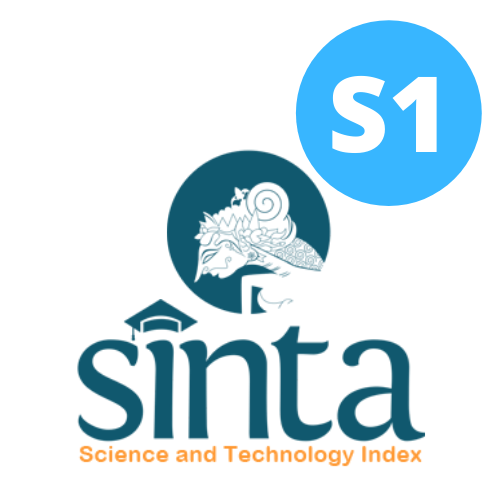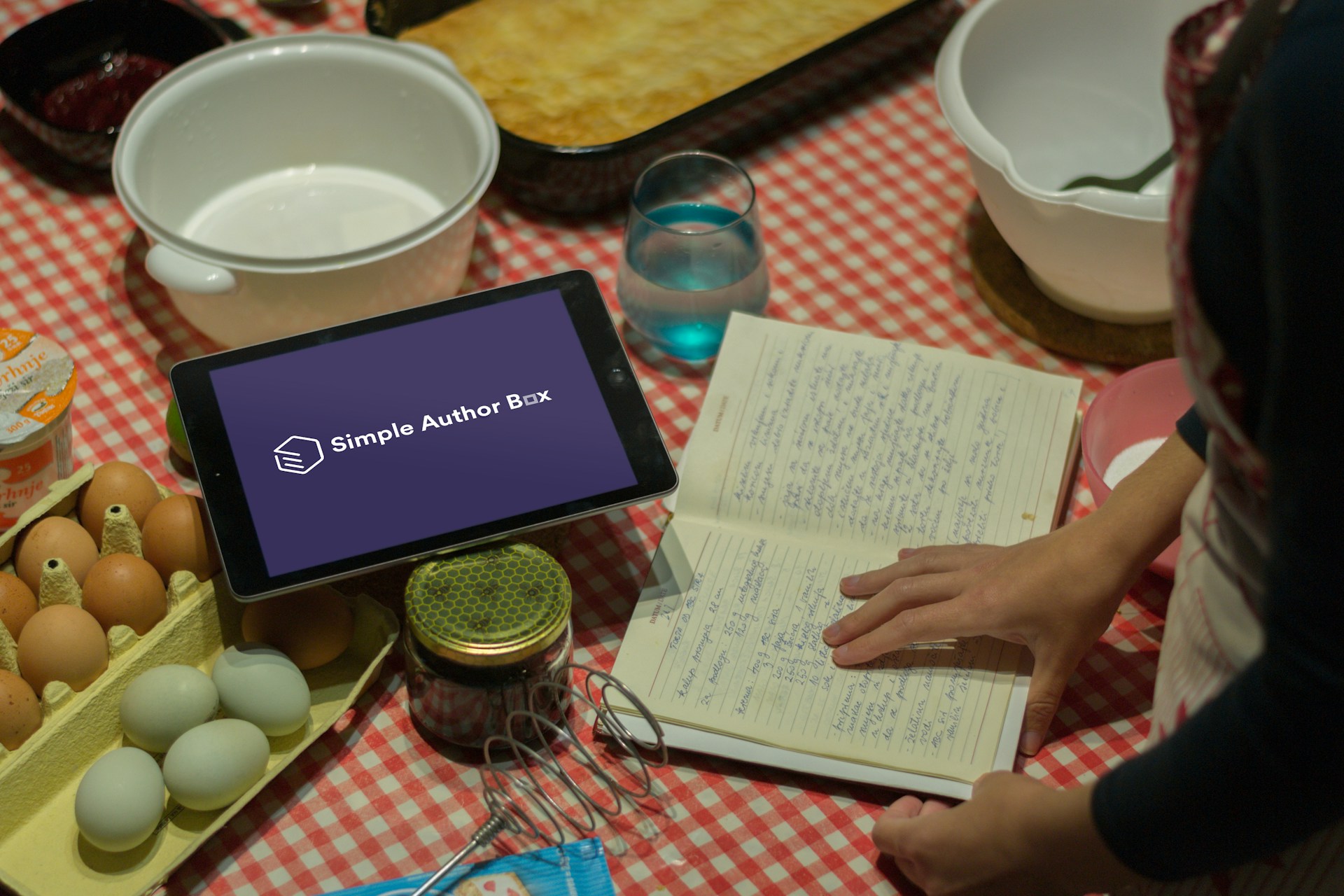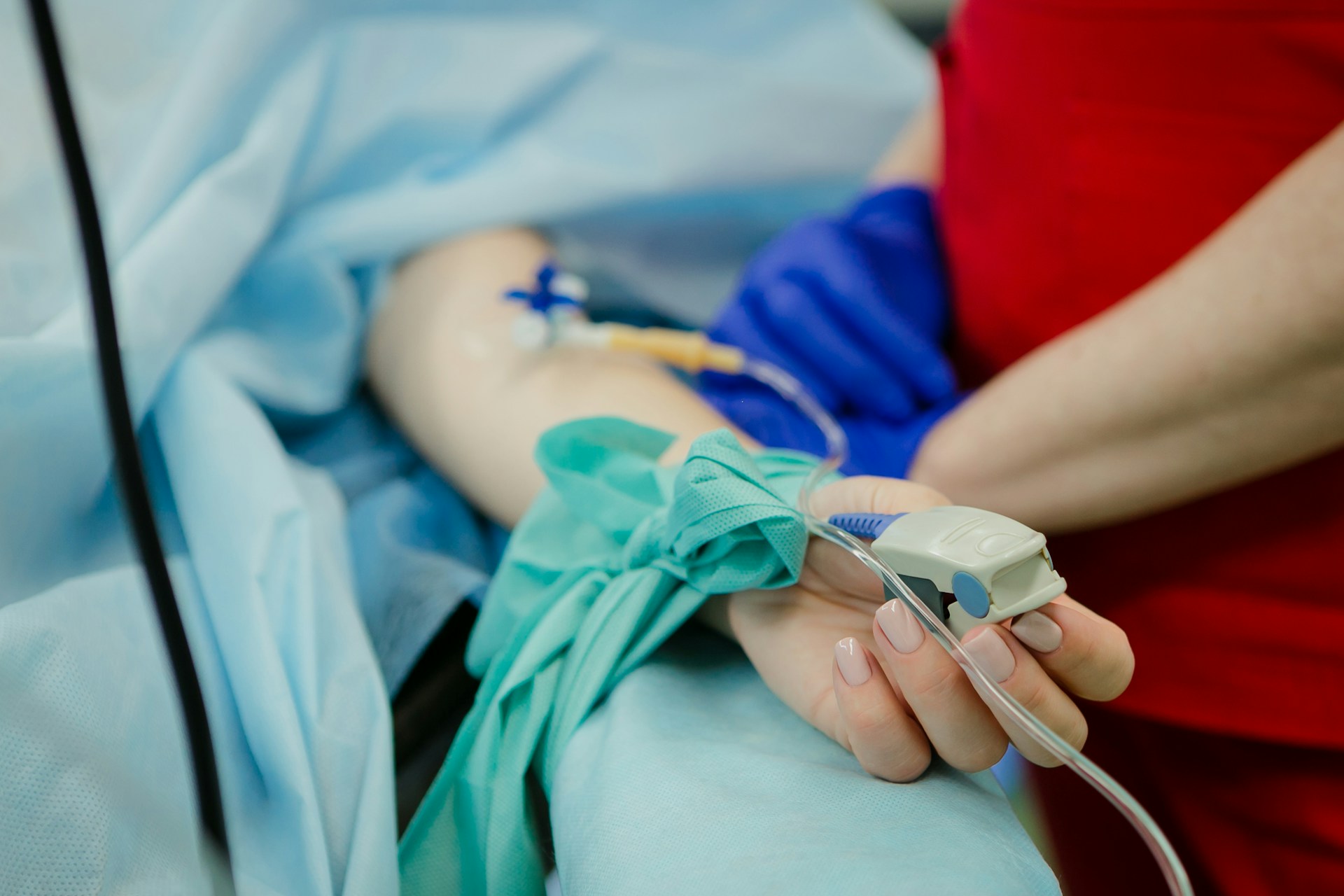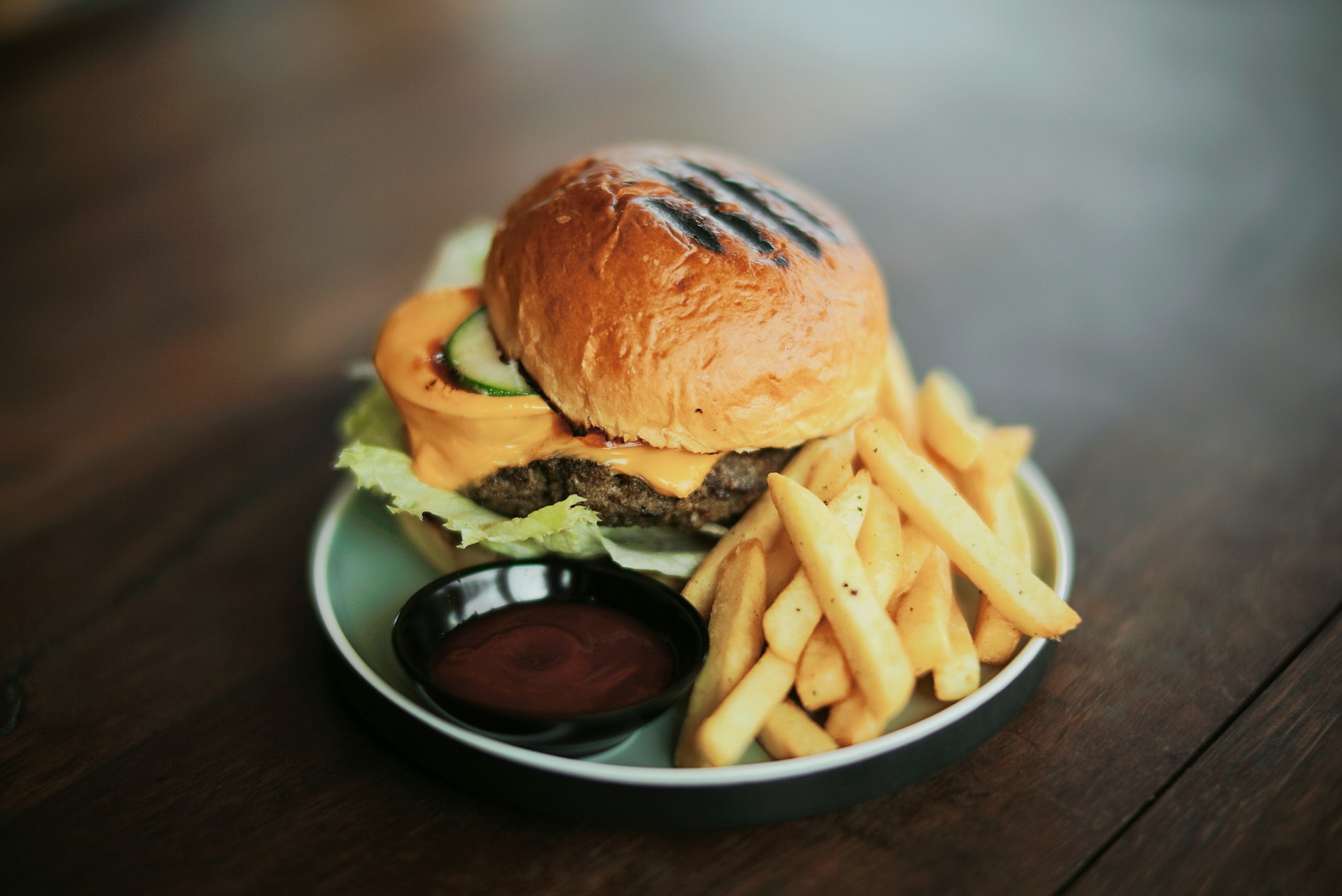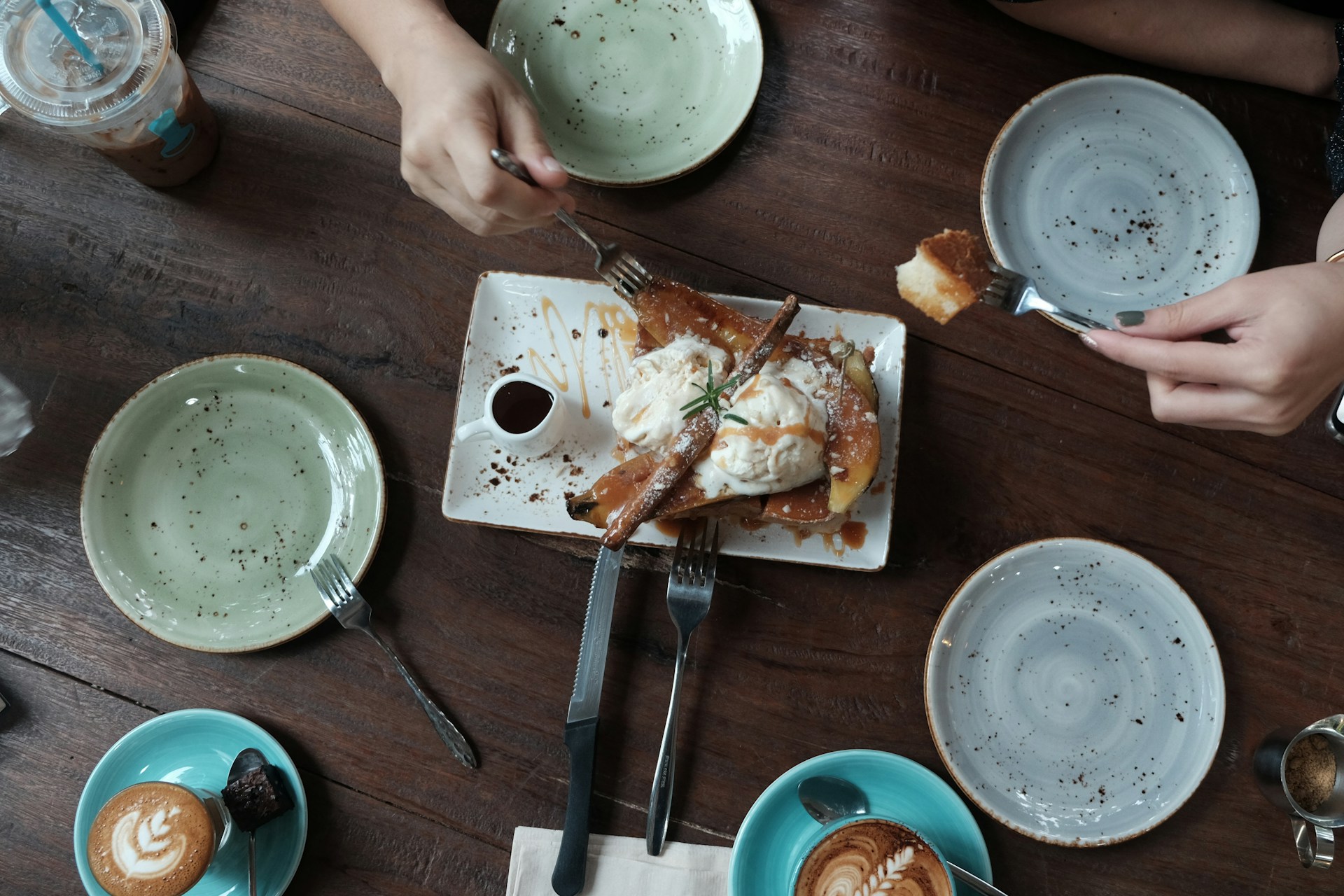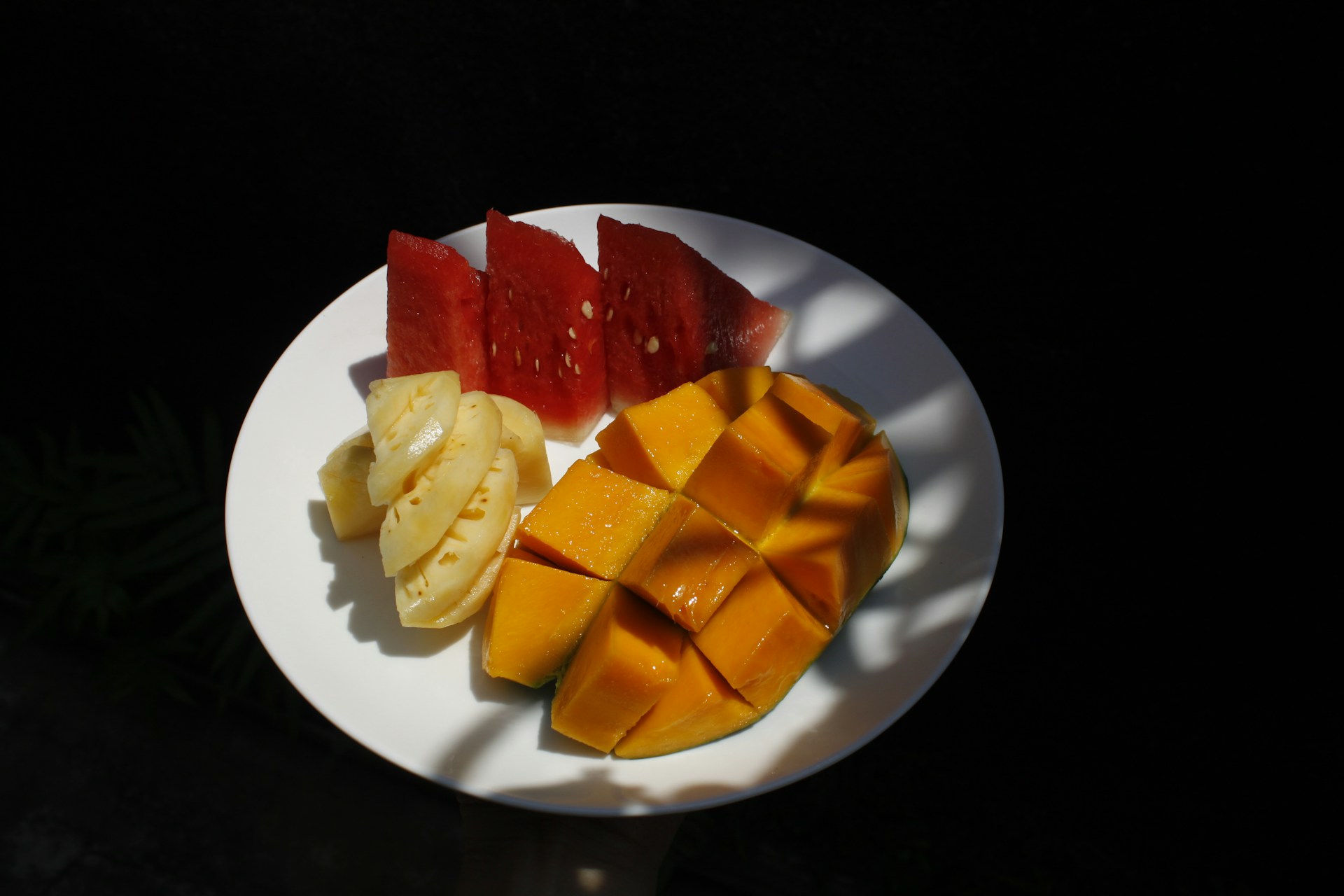Analysis of Betacarotene, Total Sugar, and Organoleptic Jam of Purple Sweet Potato (Ipomoea Batatas L. Poir) Variation with Cassava Sugar (Manihot Esculenta)
Analisis Betakaroten, Gula Total, dan Organoleptik Selai Variasi Ubi Ungu (Ipomoea Batatas L. Poir) dengan Gula Singkong (Manihot Esculenta)

Downloads
Background: Purple sweet potato productivity in Indonesia is notably high, particularly in Bondowoso at 213.84 quintals/ha. This variant of sweet potato is rich in beta-carotene, with a content of 4237 µg/100 g, known for its ability to protect cells from free radicals and reduce the risk of diabetes mellitus. Notably, Indonesia ranks third globally in the prevalence of prediabetes, affecting 27.7 million people. In 2022, in Tapen District, Bondowoso, the prevalence of prediabetes, based on Tapen Health Center data, was recorded at 12.36%.
Objectives: Analyzing betacarotene, total sugar, and organoleptic propeties of purple sweet potato jam as a prediabetes distraction food.
Methods: A quasi-experimental design with a post-test-only control group was employed. The research involved producing purple sweet potato jam with varying ratios of cassava sugar and purple sweet potato (X0: 0% cassava sugar; 100% purple sweet potato; X1: 15% cassava sugar; 85% purple sweet potato; X2: 30% cassava sugar; 70% purple sweet potato; X3: 45% cassava sugar; 55% purple sweet potato). Analysis included determining betacarotene content using the UV-Visible Spectrophotometry method, total sugar using the Luff Schoorl method, and organoleptic evaluation through the hedonic test method. Data were subjected to statistical analysis using the One-Way ANOVA test for betacarotene and total sugar levels, followed by Duncan's post-hoc test. Organoleptic test data were analyzed using the Kruskall Wallis test and Dunn's post-hoc test.
Results: The average betacarotene content in treatments X0, X1, X2, and X3 were 4230.3 µg/100 g; 3464 µg/100 g; 2955.6 µg/100 g; and 2257.3 µg/100 g, respectively. Total sugar content averages for treatments X0, X1, X2, and X3 were 2.2%; 13.7%; 27.5%; and 39.2%, respectively. The panelists' preference indicated that sample X3 (45% cassava sugar and 55% purple sweet potato) was the most favored jam.
Conclusions: Significant differences were observed in beta-carotene, total sugar, and organoleptic levels of purple sweet potato jam, suggesting that the variation in purple sweet potato and cassava sugar ratios influenced the beta-carotene and total sugar levels in the jam.
Sudargo, T., Prameswari A.A., Aulia B., Aristasari T., Alfionita K., Muslichah R., Isnansetyo A., Puspita I.D., Budhiyanti S.A., Putri S.R. Analisis Sensoris dan Umur Simpan Makanan Selingan Prediabetes Berbasis Tuna (Thunnus sp.) dan Chayote (Sechium edule). Media Gizi Mikro Indonesia. 12, 153–164 (2021).
PERKENI. Pedoman Pengelolaan dan Pencegahan Diabetes Melitus Tipe 2 Dewasa di Indonesia (2021).
Santi, B.T., Wiramihardja S., Arisanti N., Raksanagara A., Mariani H., Setiawati E.P. Ukuran Antropometri Gizi Yang Berhubungan Dengan Prediabetes Pada Obesitas Di Pejagalan, Jakarta. Jurnal Online Universitas Jambi. 6, 196–203 (2018).
Gusmiati, R., dan Fernanda, Y. Rita Gusmiati. Faktor Risiko Kejadian Stroke Usia Dewasa Muda (18-40) Tahun. 3, 1–10 (2020).
Lestari, W. S., Fitriana, E., Jumaisa, A., Siregar, S., dan Ujiani, S. Pengendalian Gula Darah pada DM Tipe 2 dengan Pemeriksaan HbA1c di Rumah Sakit. Journal of Telenursing. 4, 661–667 (2022).
Anjani, E.P., Oktarlina, R.Z. dan Morfi, C.W. Zat Antosianin Pada Ubi Jalar Ungu Terhadap Diabetes Melitus. Medical Journal of Lampung. 7, 257–262 (2018).
Fitriani, L.I., Murbawani, E.A. dan Nissa, C. 2018. Hubungan Asupan Vitamin C, Vitamin E Dan Î’-Karoten Dengan Kadar Gula Darah Puasa Pada Wanita Usia 35-50 Tahun. Journal of Nutrition College. 7, 84–91 (2018).
Balitkabi Litbang. Laporan Kinerja Balai Penelitian Tanaman Aneka Kacang dan Umbi (2021).
Brilliantina, A. dan Istiqomah, N. Strategi Pengembangan Industri Berbasis Ubi Jalar Ungu dengan Metode SWOT dan ANP di Kabupaten Bondowoso. Jurnal Ilmiah Inovasi. 21, 13–17 (2021).
Perumpuli, P., Fernando G., Kaumal M., Arandara M., Silva S. Development of Low Sugar Vegetable Jam from Beetroot (Beta vulgaris L.): Studies on Physicochemical Sensory and Nutritional Properties. International Journal of Theoritical dan Applied Sciences. 10, 22–27 (2018).
Sofyan, A. dan Afida, W. Kualitas Sensoris dan Aktivitas Antioksidan Selai Umbi Bit (Beta vulgaris L.) dengan Penambahan Variasi Konsentrasi Labu Kuning. Jurnal Teknologi Pangan. 2, 37–47 (2019).
Syamsiyah, S. Karakteristik Fisik, Kimia, dan Organoleptik Selai Kenitu (Chrysophyllum cainito) dengan Penambahan Gula Kristal Putih dan Pektin. (Universitas Jember, 2019).
Suci, P. R., Hapsari, N., dan Dwi, R. Analisis Kadar Betakaroten dan Vitamin C Buah Juwet (Syzigium cumini) Metode Spektrofotometri UV-Vis. Jurnal Insan Farmasi Indonesia. 4, 121–128 (2021).
Afifah, H., dan Putri, E. B. P. Perbedaan Lama Perendaman dan Suhu Penyimpanan terhadap Kadar Etanol dan Total Gula pada Air Nabeez Kurma (Phoenix dactylifera L.). Jurnal Teknologi Pangan Dan Gizi. 21, 103–108 (2022).
Fitriyani, L., Yurnalis, dan Hermalena, L. Pembuatan Cookies Menggunakan Tepung Ubi Jalar Ungu dan Tepung Ubi Jalar Putih. UNES Journal Mahasiswa Pertanian. 3, 49–57 (2019).
Rachmawati, E. Sulistiyani T., Mufidah L., A. Stj R., Pelatihan Pengolahan Ubi Ungu sebagai Alternatif Kudapan Sehat. Abdimas Akademika. 2, 27–35 (2021).
Pulu, S. R., Sipahelut, S. G., dan Tuhumury, H. C. D. Pengaruh Konsentrasi Gula terhadap Mutu Selai Lembaran Namnam (Cynometra caulifora L.). Jurnal Sains Dan Teknologi. 7, 5722–5733 (2022).
Mawarni, S. A., dan Yuwono, S. S. Pengaruh Lama Pemasakan dan Konsentrasi Karagenan terhadap Sifat Fisik, Kimia, dan Organoleptik Selai Lembaran Mix Fruit (Belimbing dan Apel). Jurnal Pangan Dan Agroindustri. 6, 33–41 (2018).
Putri, R. M. S., dan Mardesci, H. 2018. Uji Hedonik Biskuit Cangkang Kerang Simping (Placuna placenta) dari Perairan Indragiri Hilir. Jurnal Teknologi Pertanian. 7, 19–29 (2018).
Syaifuddin, U., Ridho, R., dan Harsanti, R. S. Pengaruh Konsentrasi Kulit Buah Naga Merah (Hylocereus polyrhizus) dan Gula terhadap Karakteristik Selai. Jurnal Teknologi Pangan Dan Ilmu Pertanian. 1, 27–39 (2019).
Rahmadhanimara, R., Purwinarti, T., dan S, N. M. W. Sensory Marketing: Aroma dan Cita Rasa terhadap Pembentukan Persepsi Konsumen (Studi Kasus: Gerai Roti O di Stasiun KRL Commuter Line Jakarta Selatan). Epigram. 19, 162–173 (2022).
Ernayanti, S., Sukardi, dan Damat. Pengaruh Substitusi Ubi Jalar Putih, Kuning dan Ungu Terhadap Karakteristik Fisikokimia dan Organoleptik Donat Isi. Food Technology and Halal Science Journal. 4, 156–171 (2021).
Sangur, K. Uji Organoleptik dan Kimia Selai Berbahan Dasar Kulit Pisang Tongkat Langit (Musa troglodytarum L.). Biopendix. 7, 26–38 (2020)
Pistanty, M. A., dan Natassia, K. Pengaruh Kadar Gula terhadap Kualitas Selai Terong Ungu (Solanium melongenal). The Shine Cahaya Dunia. 4, 9–17 (2019).
David, W., dan David, F. 2020. Analisis Sensori Lanjut untuk Industri Pangan dengan R Preference Mapping dan Survival Analysis. (Universitas Bakrie Press, 2020).
Copyright (c) 2024 Amerta Nutrition

This work is licensed under a Creative Commons Attribution-ShareAlike 4.0 International License.
AMERTA NUTR by Unair is licensed under a Creative Commons Attribution-ShareAlike 4.0 International License.
1. The journal allows the author to hold the copyright of the article without restrictions.
2. The journal allows the author(s) to retain publishing rights without restrictions
3. The legal formal aspect of journal publication accessibility refers to Creative Commons Attribution Share-Alike (CC BY-SA).
4. The Creative Commons Attribution Share-Alike (CC BY-SA) license allows re-distribution and re-use of a licensed work on the conditions that the creator is appropriately credited and that any derivative work is made available under "the same, similar or a compatible license”. Other than the conditions mentioned above, the editorial board is not responsible for copyright violation.








